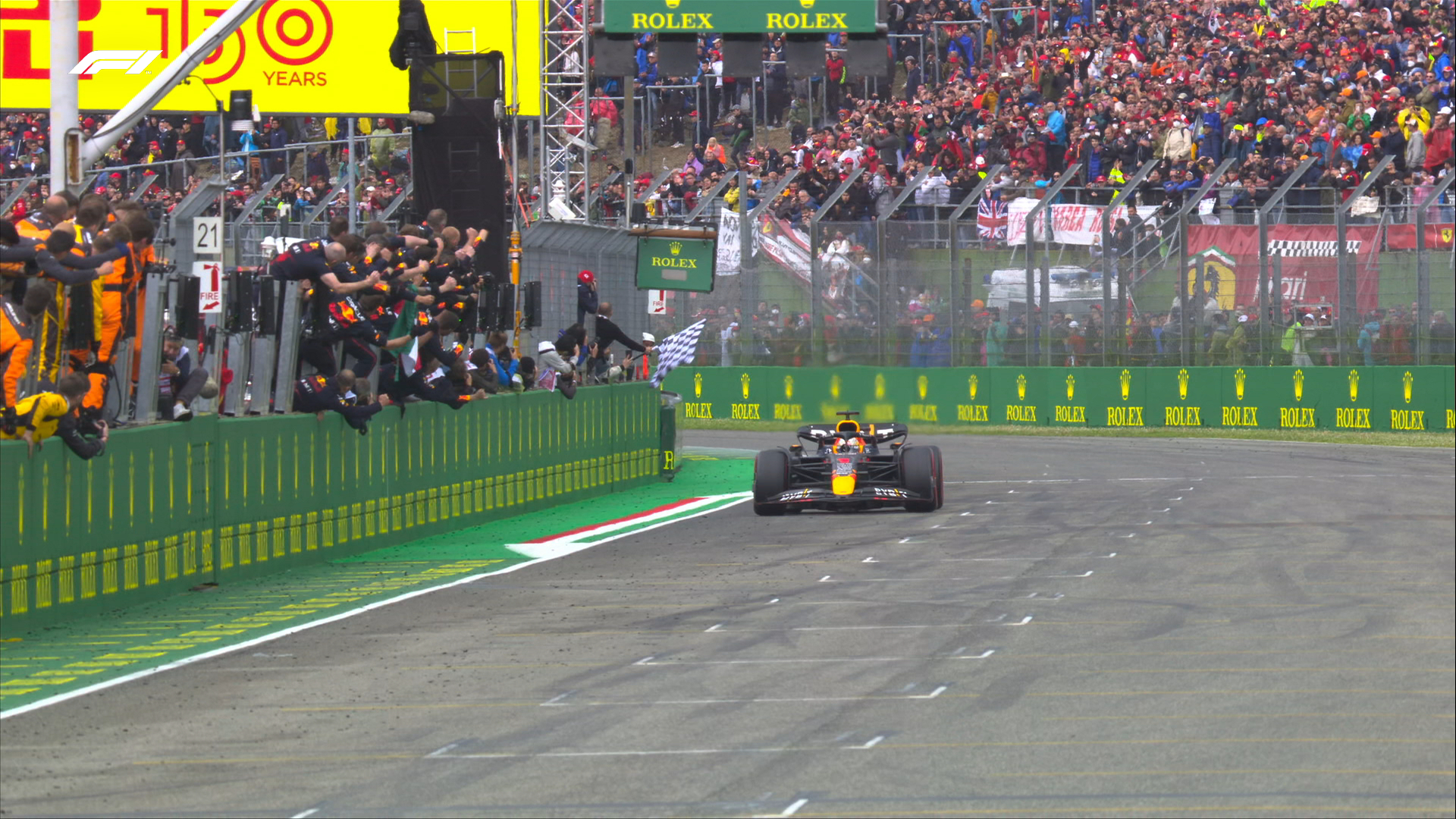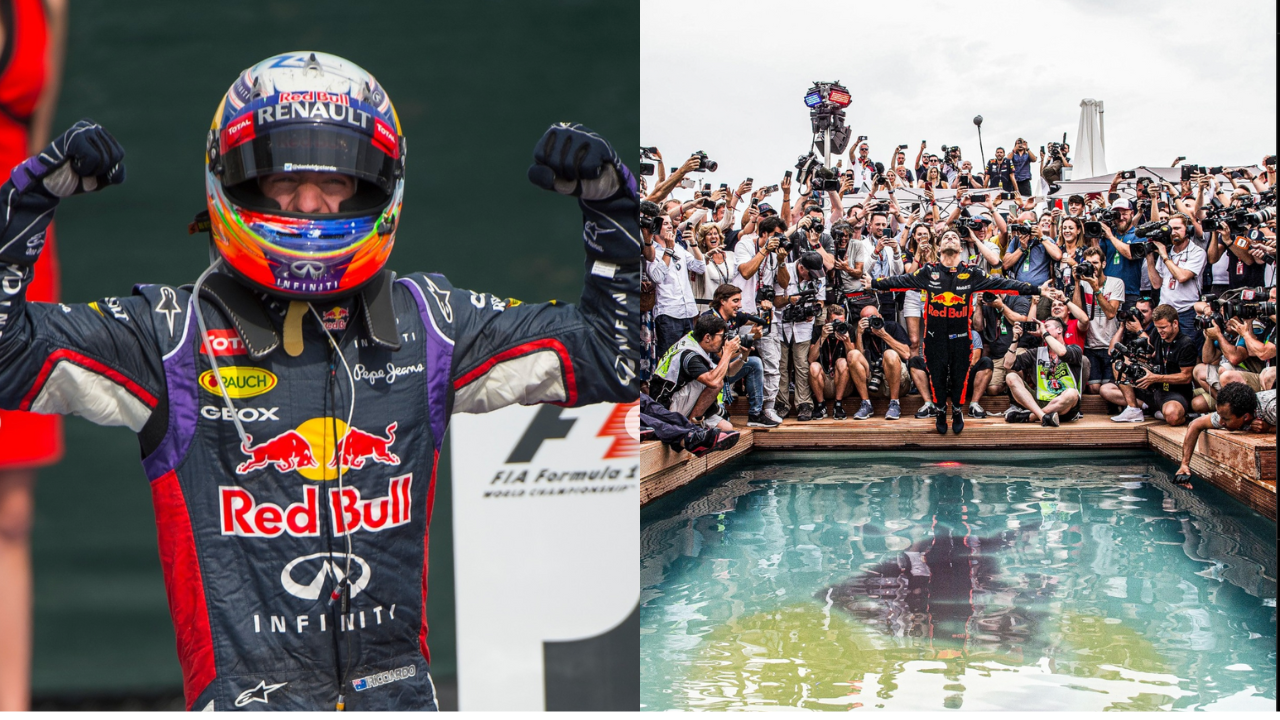Racing in F1 is not just related to the racing laps displayed during a weekend. There is a lot that goes into the weekend. Other than the practice and qualifying sessions, the teams have much work to do on the day of the race itself.
Once the qualifying ends on Saturday, teams prepare the cars for Sunday. This prep involves fixing any damages and running final checks on the engine and other components. On race day, drivers have the chance to run their cars for a few laps as practice. It was during one of these laps that Charles Leclerc crashed in Miami earlier during the 2025 season.
However, teams cannot modify the car setup once the car has made it out of the garage for qualifying. This is considering the parc ferme regulations. After their practice laps on Sunday, drivers then move to their garage once again and only get out right before the race. After the clock strikes the race time, the cars go out for a formation lap. The drivers make final checks during this lap and heat up components, including the engine, brakes, and tires. This provides optimal performance.
The lights then go out, and the drivers race for the designated number of laps. The drivers don’t stop on the main track after the race ends. They bring it back into the pits, but not from the opposite side. The drivers are supposed to run another “cool down” lap before stopping the car in the pits. But what is the “cool down” lap run for?
What is the use of a cool down lap in F1?
As mentioned, the drivers bring up the temperature of their brakes, tires, and engines right before the race starts for optimal performance. A cool down lap is the exact opposite of a formation lap. The drivers do a complete lap of the circuit at lower speeds. Meanwhile, their race engineers ask them to switch to certain engine modes to ensure proper cool down. The low revs and constant air flow ensure enough cooling in the engines and brakes. Considering that the brakes of an F1 car can exceed 1,000°C (1832°F), this is an important procedure.
Cooling these elements extends their life, which is essential in Formula 1 because of the strict regulations. Additionally, race engineers also ask the drivers to “pick up rubber and bring it home.” This refers to drivers quite literally picking up rubber from the track. But how?
Most of the time, F1 drivers race in a particular racing line. Throughout a race, the cars lose tire grip, witnessing the loss of physical rubber on the track. This worn-out rubber is usually on the edges of a circuit. Drivers drive over these during the cool down lap, and get stuck to their tires.
This is essential to maintain the minimum weight of the car in case there is a surprise check for the same. An underweight car is disqualified from the race, and the rubber can add significant weight. This serves as an added check for the teams.



